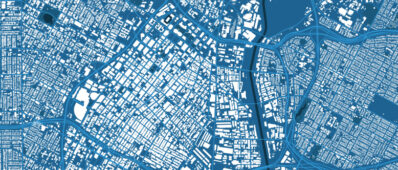Abstract
Knowing what people think about the usefulness, fairness, and success of new transport initiatives is vital information for planners and project evaluators. Methods for studying the complex relationships between attitudes and choice behaviour need to be included in evaluation processes.
The attitudes of an individual faced with a new transport option will depend in part on whether the individual can take advantage of the new option, whether he or she actually chooses to take advantage, and the perceived benefits of the option, to the individual and to the community. Transport planners use choice models to understand factors affecting demand, but modelling of attitudes has not received similar attention. In this paper we demonstrate how a joint model of attitudes and behaviour can be used in comprehensive project evaluation. The approach involves analysing attitude survey data using a structural equations model designed for use with discrete choice and ordinal-scale variables.
Our application involves the evaluation of responses to a project that allows solo drivers to pay a fee to use a carpool, or high-occupancy vehicle (HOV) lane facility on the Interstate 15 (1-15) Freeway in San Diego. The attitude survey is of subscribers to the program and a random sample of other freeway users. Four endogenous variables are explained as functions of each other and of exogenous variables such as income, household composition, age and gender. These endogenous variables are: (1) choice of subscription to the program, (2) mode choice of carpooling versus solo driving, (3) perception of the seriousness of the traffic congestion on the route, and (4) attitude towards allowing solo drivers to pay to save time by using the carpool lanes.

